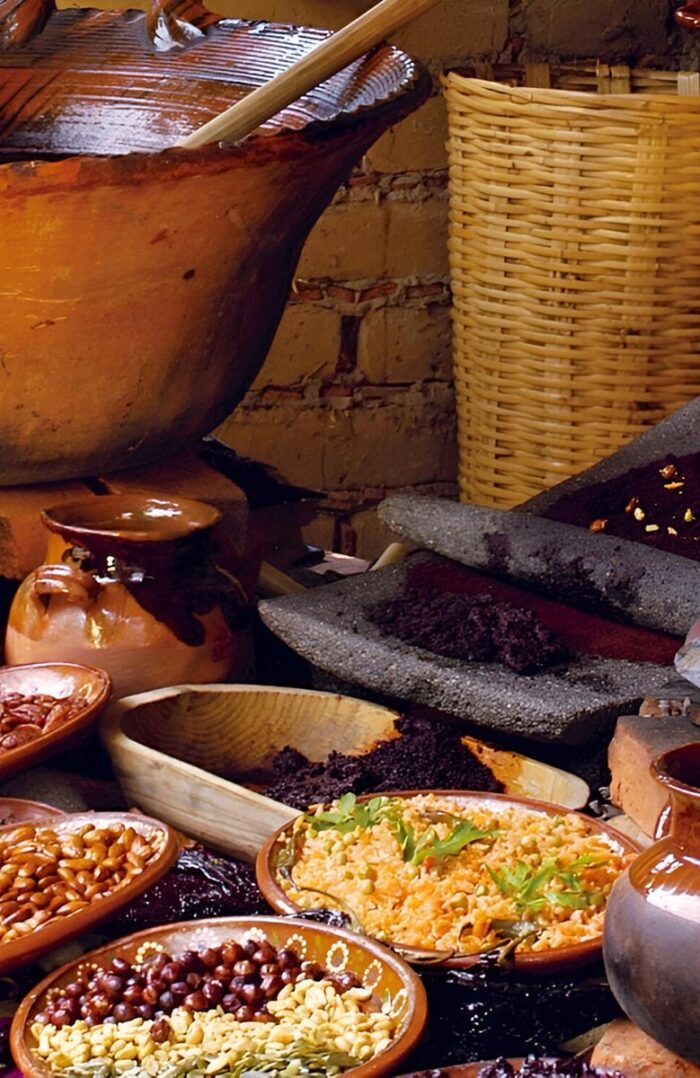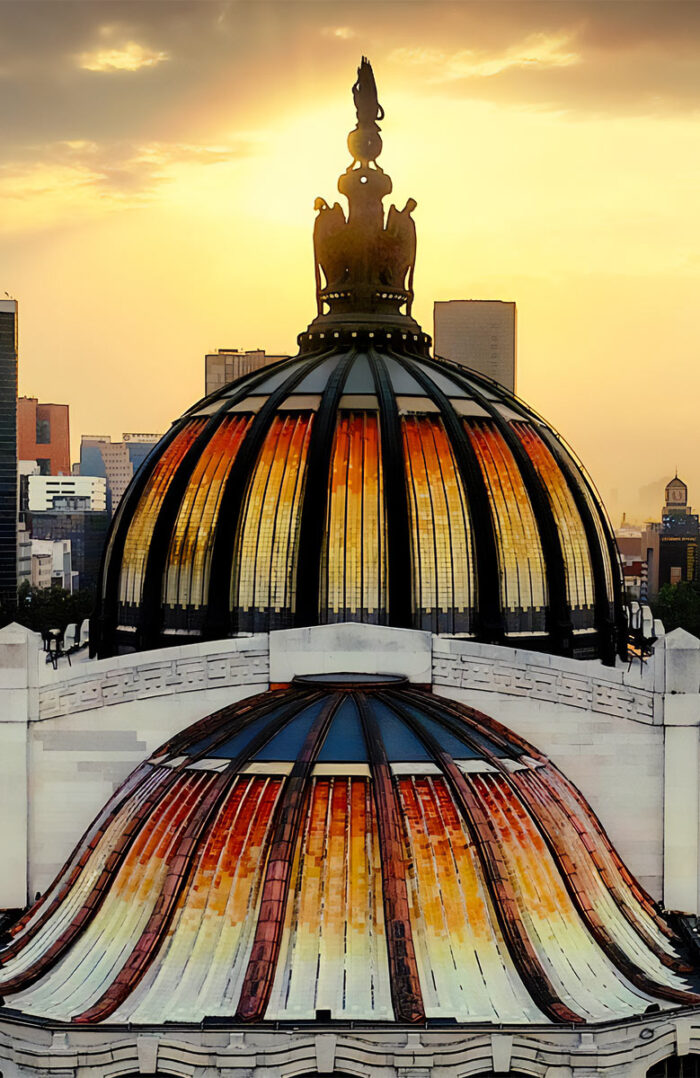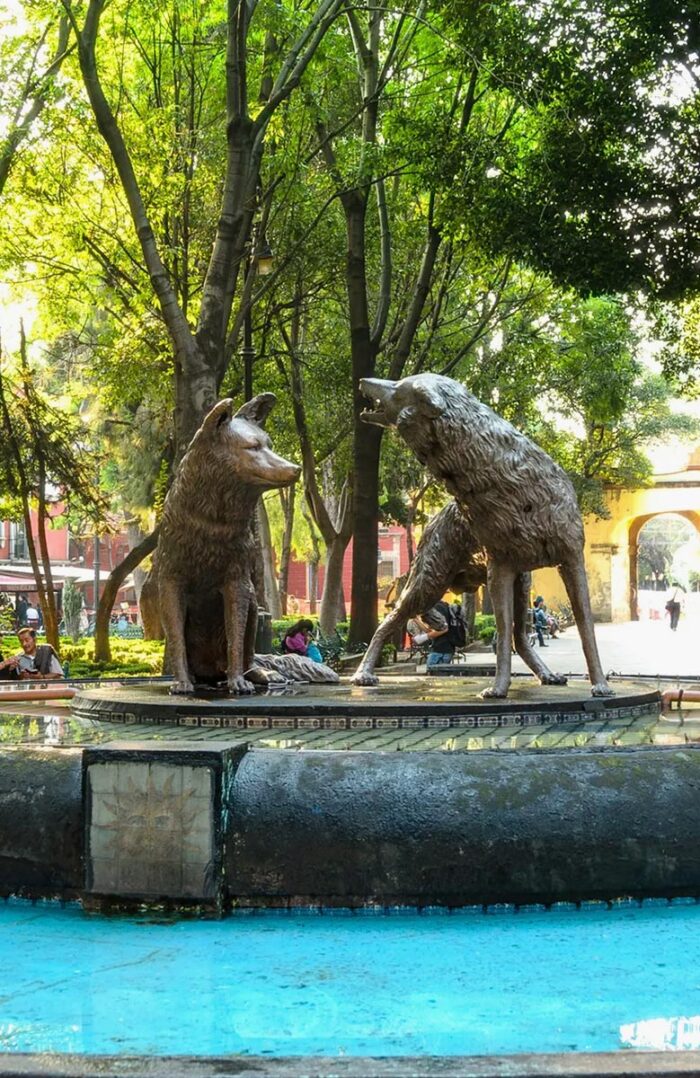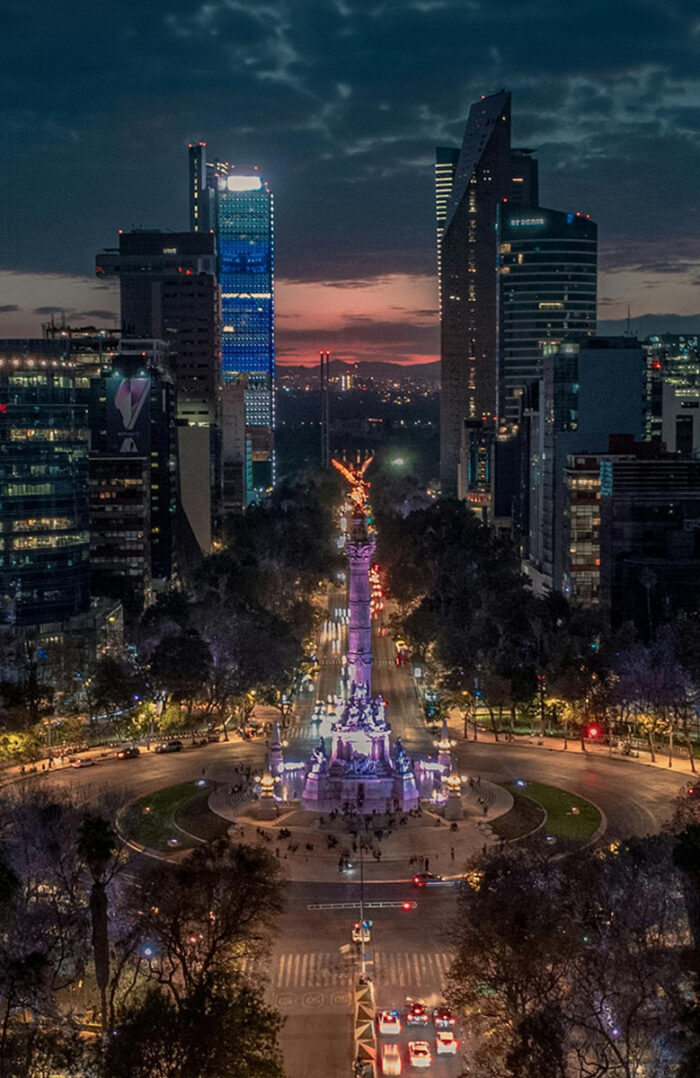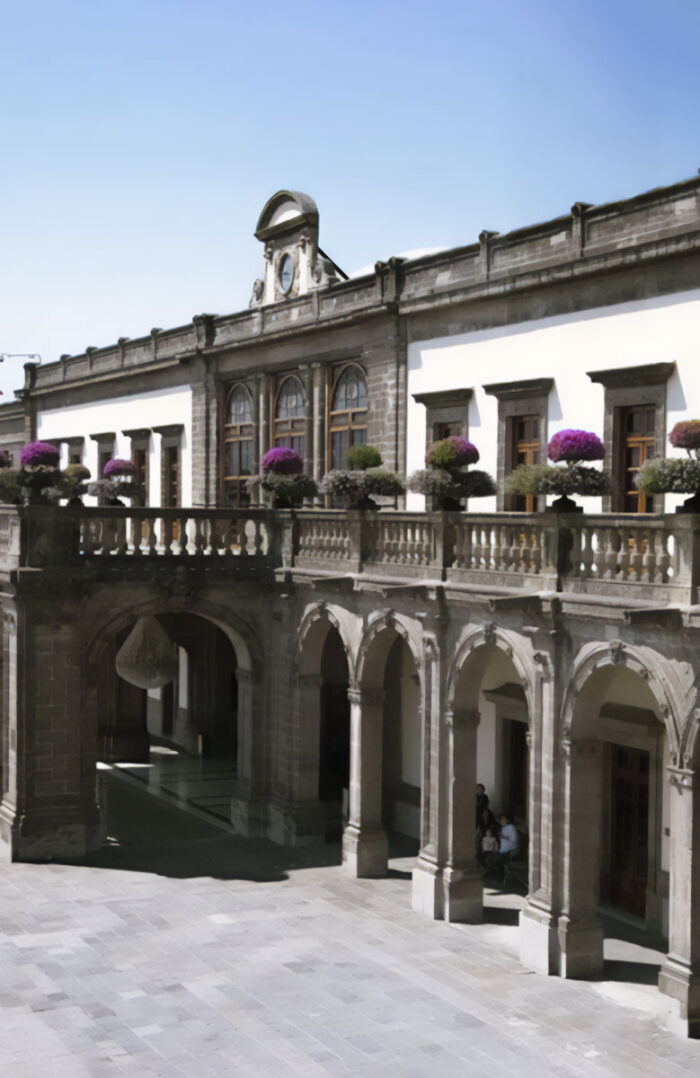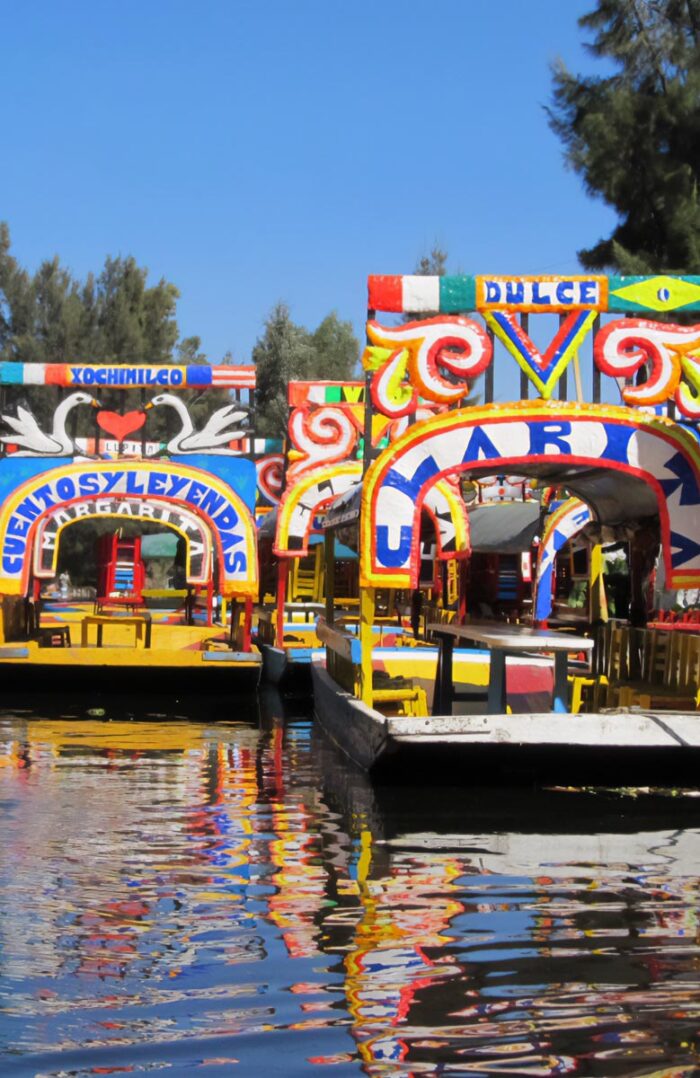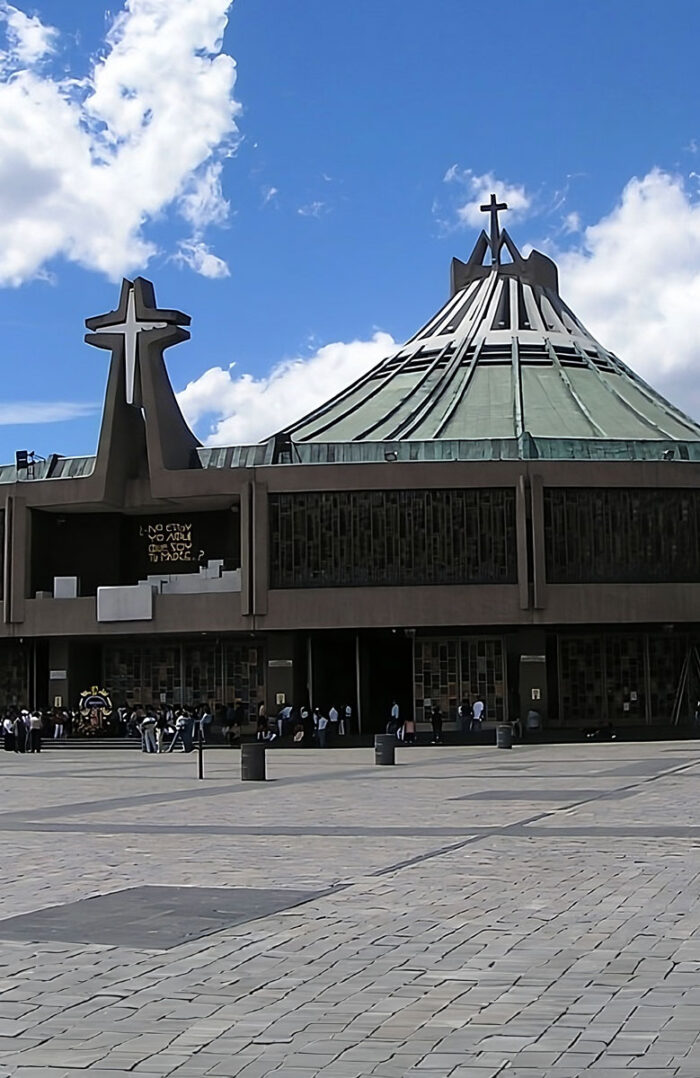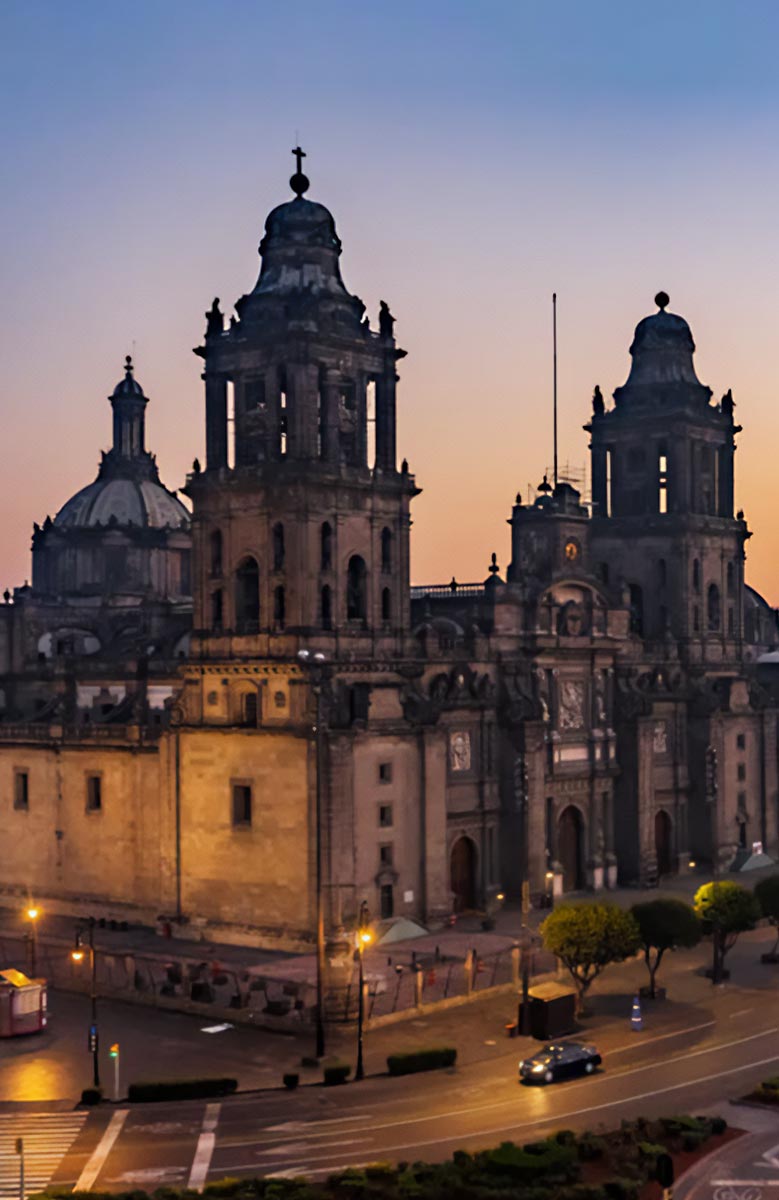
Historic Center

Continua en la historia
 Desliza a la izquierda para continuar
Desliza a la izquierda para continuar

▟ Come, wander the streets lined by somber neoclassical, baroque, and italianate buildings that suddenly open out into the sweeping Plaza de la Constitución, one of the world’s largest city squares.
▔▔▔▔▔▔▔▔▔▔▔▔▔▔▔▔▔▔
Capable of holding more than 100,000 people, the Zócalo, as it is commonly known, is the hub round which Mexico City’s historic downtown turns, in ways that do not always meet the eye.
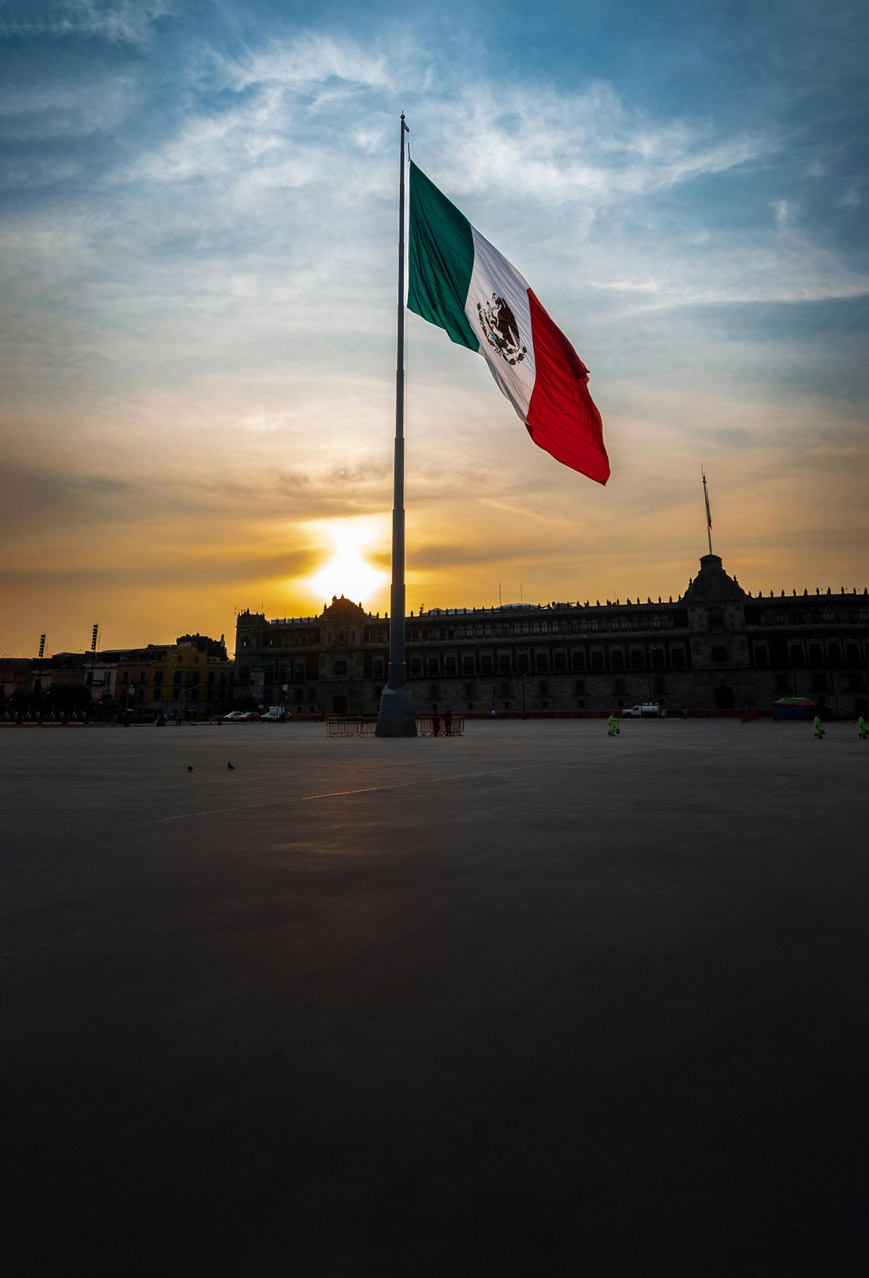
▌ The Zócalo, once part of the ancient Aztec city of Tenochtitlan, was then established as the center of the new colonial city, when it bustled with market stalls and vendors. Today, this same space buzzes with tourists, traditional dancers, and massive events, including concerts and art shows.
▔▔▔▔▔▔▔▔▔▔▔▔▔▔▔▔
The square is still a center of power, as one side forms the seat of the federal government, another holds city offices, and a third side is presided over by the spectacular Cathedral.
 Photo: Rodrigo Osegueda
Photo: Rodrigo Osegueda
▟ The eastern edge of the plaza is lined by Palacio Nacional, with the President’s offices and other government departments.
It was built on the ruins on Moctezuma’s palace, using the same tezontle stones.
▬▬▬▬▬▬▬▬▬▬
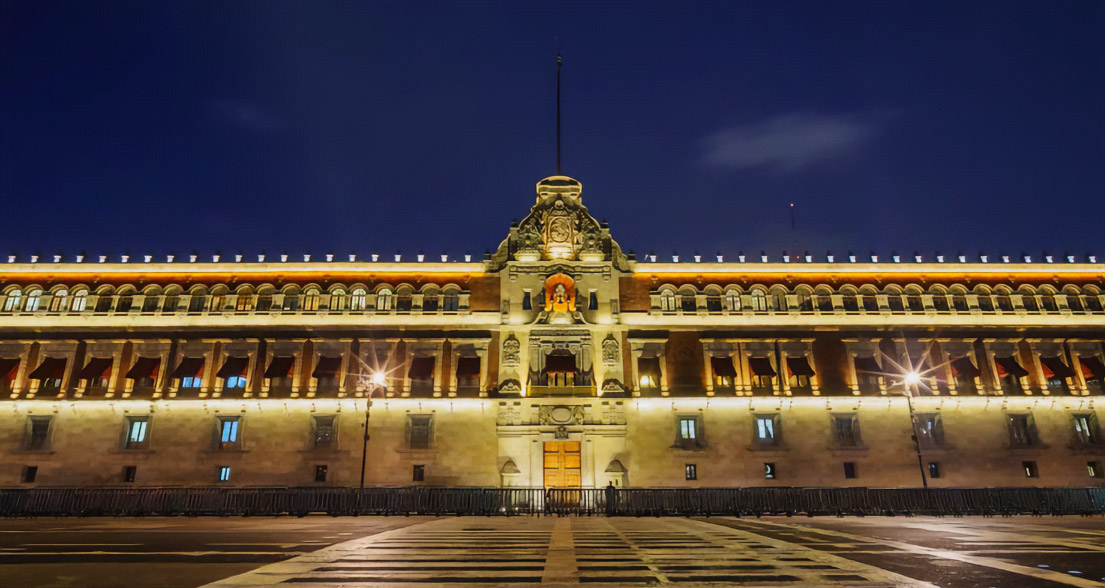
▟ Notably, it is filled with dramatic, colorful murals by artist Diego Rivera that depict Mexico’s pre-Hispanic past and history from the Conquest on.
▟ High over the center door hangs the Campana de Dolores, the bell which was rung at the start of the Mexican War of Independence. It is rung each year to celebrate Independence Day.
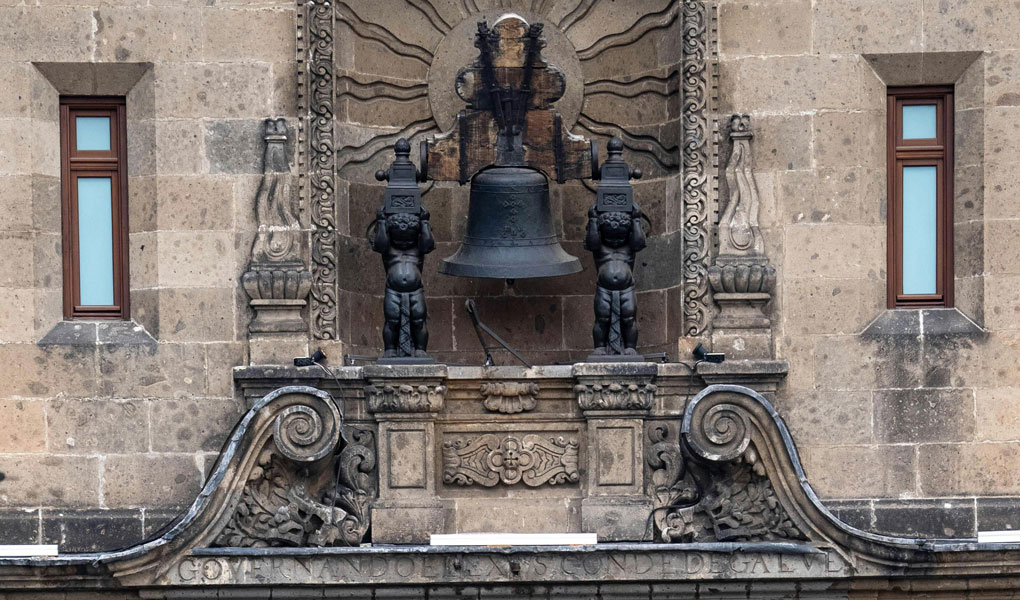
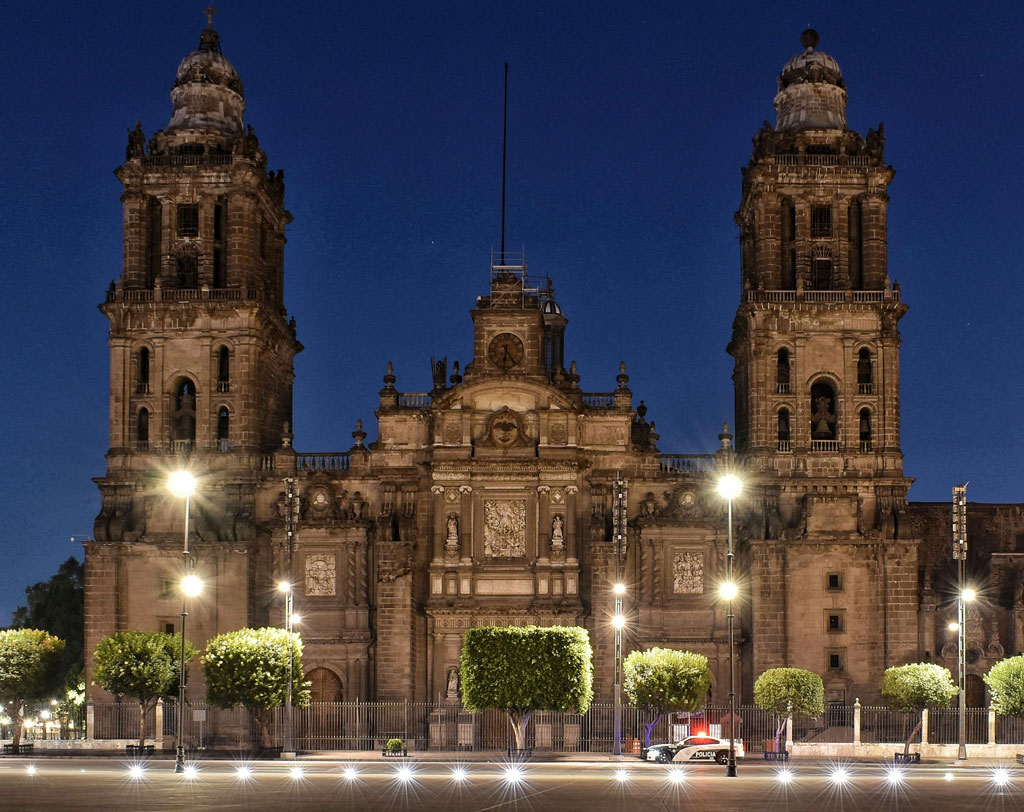
Soaring above the northern side of the square, is the Catedral Metropolitana.
▔▔▔▔▔▔▔▔
▌The first church was built here on the grounds of a sacred Aztec site holding a large tzompantli, a rack for the skulls of sacrificial victims.
The current cathedral was built between 1573 and 1813 and reflects a range of styles, including baroque and neoclassical. Its crowning jewel is the elaborate gilded altarpiece behind the main altar, but the entire church is filled with ornate detailing, exquisite paintings, and stunning sculptures.

▟ Just behind the Cathedral is the Templo Mayor. In 1978, workers stumbled upon an 8-ton stone disc carving here, beginning excavations that uncovered the Aztec’s most sacred temple.
It is believed to be the exact site where the Aztecs saw the symbolic eagle holding a snake, indicating this as the center of the universe. Today, visitors can see the ruins and visit a museum explaining Aztec culture.
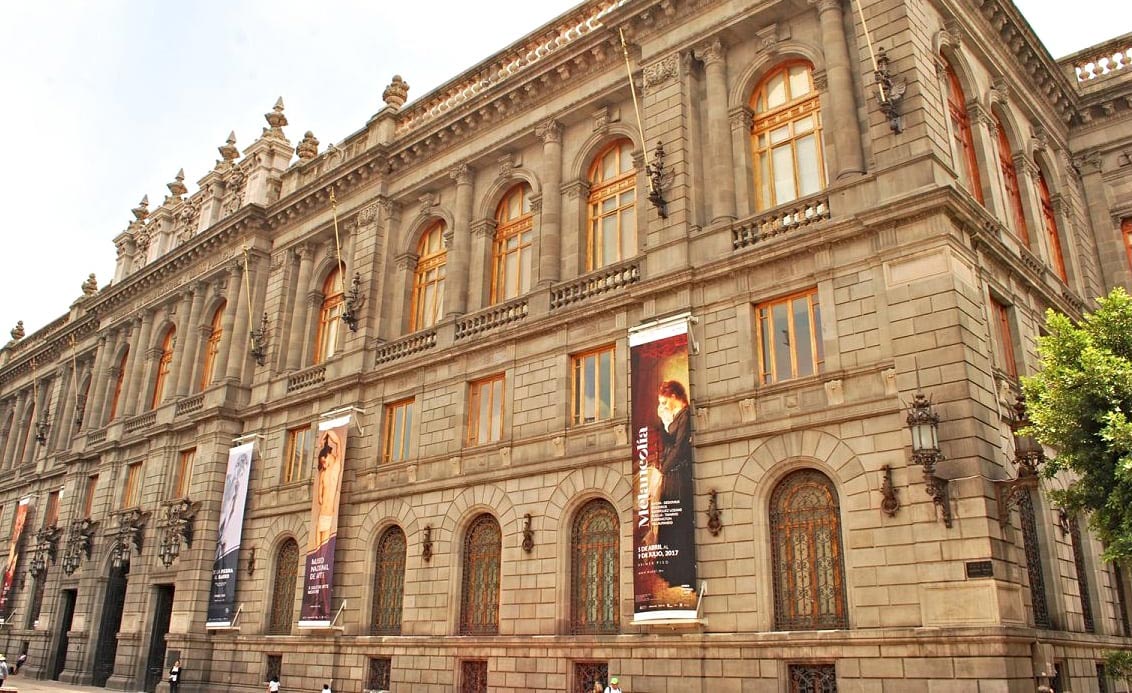
▌The entire historic center is a treasure trove waiting to be explored, filled with churches—such as the spectacular La Santísima—, museums—try Museo Nacional de Arte—and palaces.
▌One striking example is the Casa de los Azulejos, covered in eye-catching blue and white Talavera tiles.
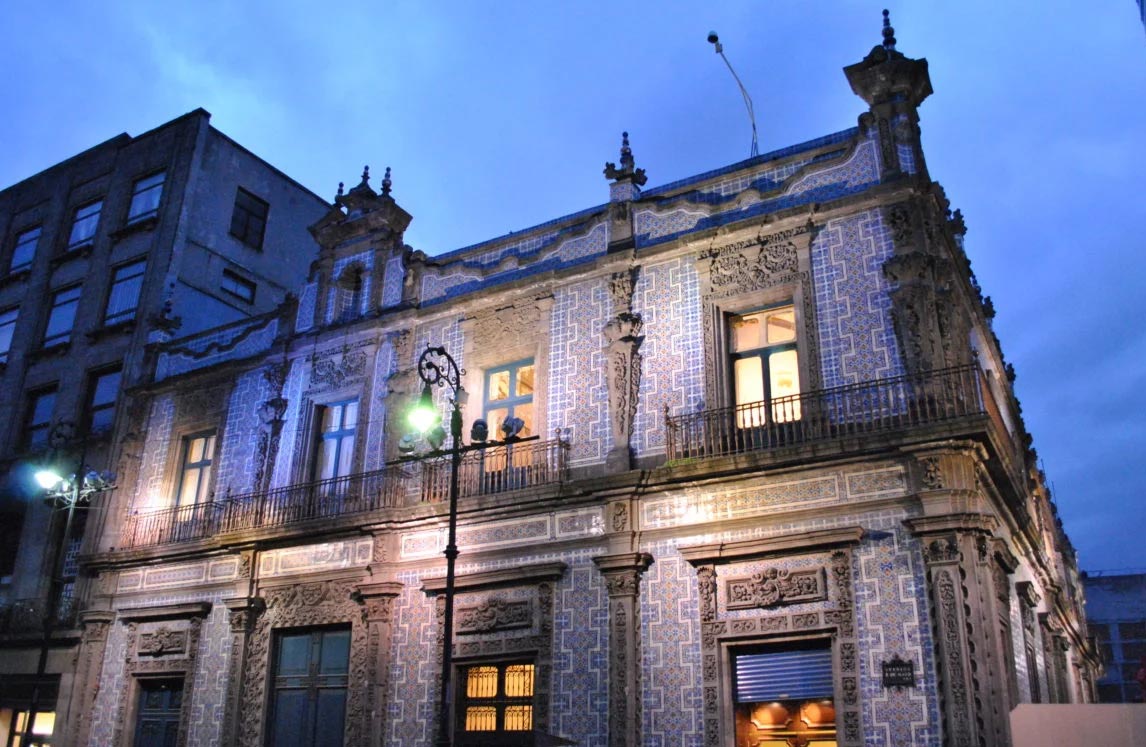
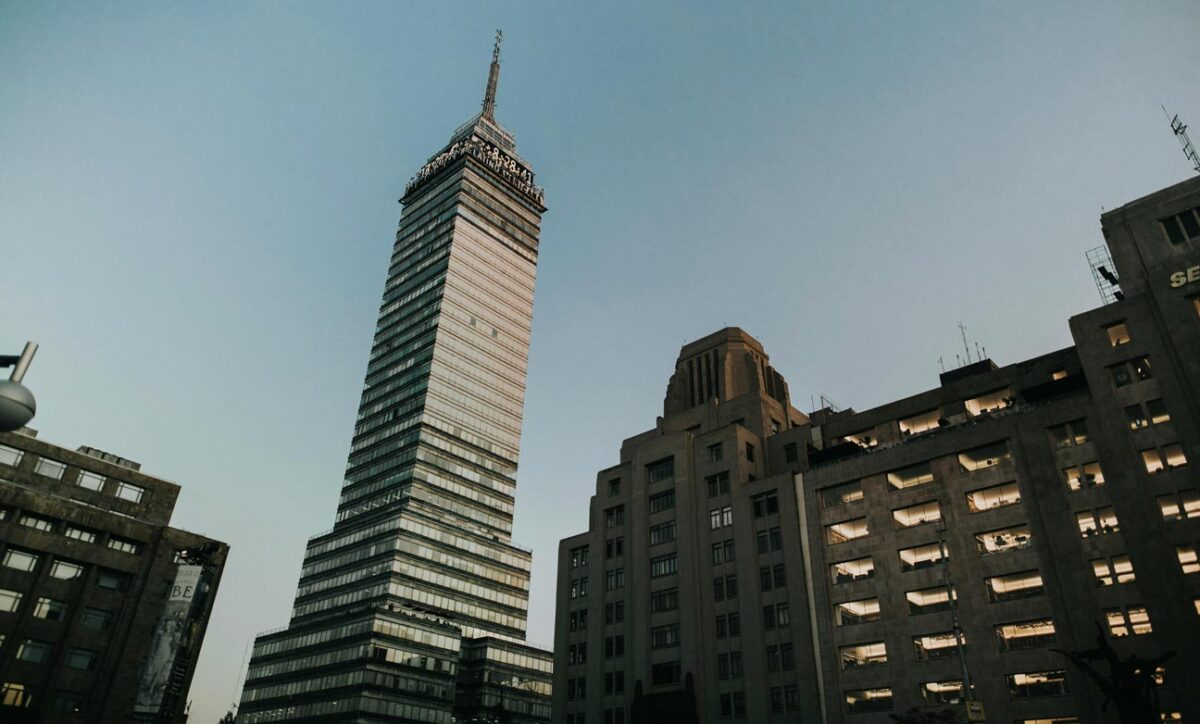
▌The Torre Latinoamericana was built in the 1950s and has survived innumerable earthquakes. To the west is Alameda Central, a shady park filled with pathways and fountains.
▌It is surrounded by interesting buildings and museums, particularly Bellas Artes art museum.
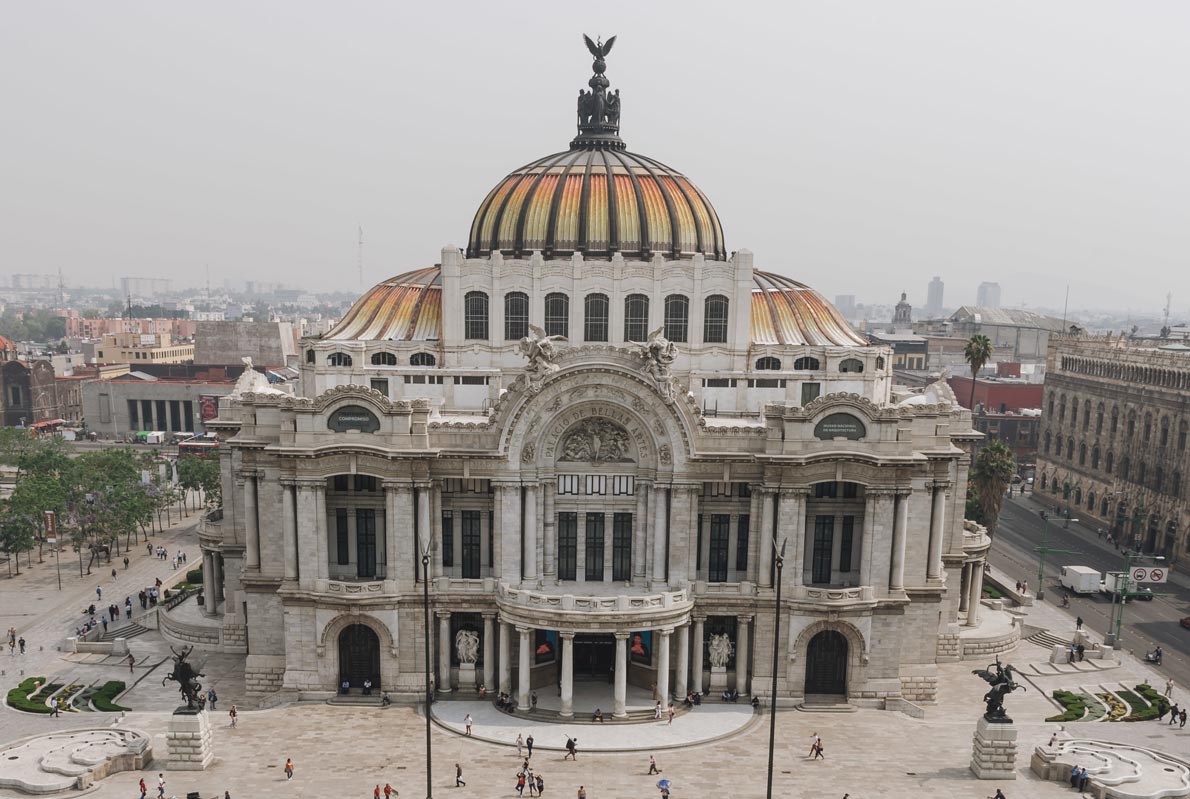
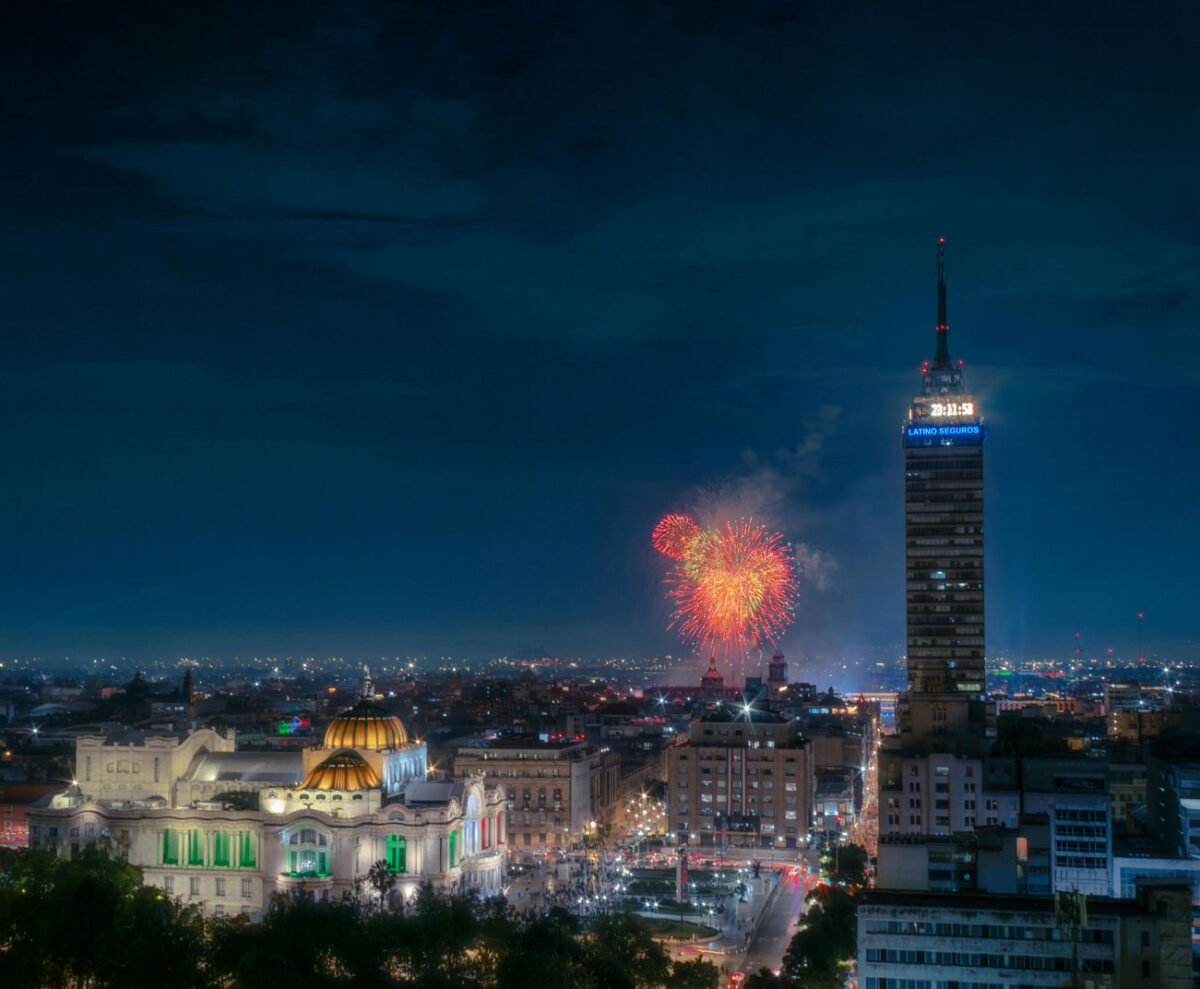
⎯⎯⎯⎯⎯⎯⎯⎯⎯⎯⎯⎯⎯⎯
Everywhere you turn downtown, there is something to explore. Vibrant, buzzing, and surprising, Mexico City’s historic center is a fascinating blend of the historical and the modern.
⎯⎯⎯⎯⎯⎯⎯⎯⎯⎯⎯⎯⎯⎯
